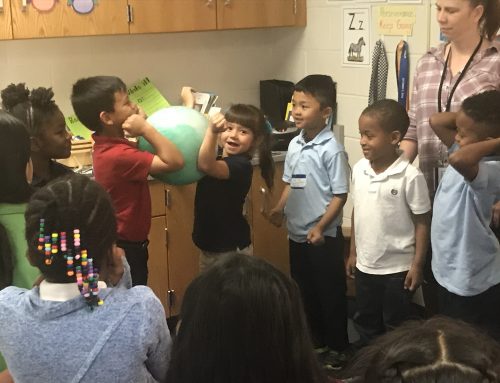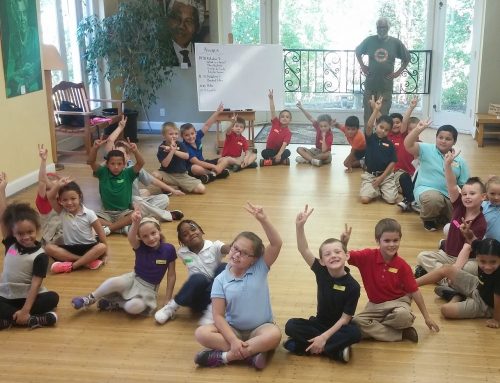by Kristina Hulvershorn, Director of Restorative and Humane Programs
Confession time. In all of my work in various school districts and youth-serving environments I am notoriously calm and even-tempered; but, there is one thing I frequently want to exclaim, write across the sky, or maybe get tattooed in a conspicuous place: Accountability is not the same thing as punishment. Unfortunately, this is one of the greatest stumbling blocks for those parents, teachers, and other professionals working to implement restorative practices.
We are often so afraid that alternatives to traditional punishments won’t allow for one to “own” their actions and take responsibility that we fail to give them the opportunity. We hold so tight to the notion that if we just punish them well enough, they’ll learn their lesson. This simply isn’t true. Heaps of data and all of my experience call this punishment mentality into question.
How does this play out? “He disrespected me and deserves to be punished”, “She knew better than to break that rule and so she should be suspended.” The biggest challenge is not kids who refuse to take ownership. It’s us “grown-ups” who feel so put upon by negative behaviors that we have a hard time letting go and making room for youth to make amends, take ownership, and move forward.
Let me further illustrate this point with a couple examples from my work in Restorative Justice in the last few weeks.
Scenario one: Serious incident of hate speech in a school that went viral and created negative impact on school community, all of those involved, and a global online community.
Punishment Lens: Punish the perpetrator. If they are kicked out of school, we send our message loud and clear and hold that person accountable.
Restorative Lens: Get all parties together in a restorative circle. The person who initiated the hate speech needs to hear the pain, perspective, and insight of those who were harmed. That person needs to learn to do better next time and to try to right their wrongs. Good news. This actually happened. The students who were harmed actually asked repeatedly for the responsible student not to be expelled and holding her accountable meant her listening to the harm and allowing them space to actually dispel myths and talk about their culture and religion. They actually decided to turn the experience into something positive and are planning a few meaningful educational opportunities for their school that they will facilitate together. True learning and collaboration replaced all of the negative feelings and fear.
Scenario two: Students, through vandalism at their school, create a giant mess and $1,500 in repair costs.
Punitive Lens: Students disobeyed authority and disrespected their school and need to be expelled.
Restorative Lens: Get all parties together, including parents and janitorial staff in a restorative circle. The group needs to come up with a way for the students to accept responsibility and make it right. More good news: this actually happened. There were tears, there was a lot of “I wish I never did this. If I could go back in time I wouldn’t do it again.” There were sincere apologies and, even better, a collaborative plan was created that involved some financial restitution and some work that will be done in tandem with the custodial staff. The staff affected actually got to share how it affected them both personally and professionally. The group turned their annoyance and anger toward the students into support and rallied around them to develop supportive agreements to ensure the harm would be addressed and not repeated. There was more accountability in that hour and a half than there would be in years following expulsion. Looking the people in the eyes whom you’ve harmed, truly hearing them, asking forgiveness and being given the gift to be able to make it right is what accountability looks like.
Let’s get restorative practices up and running in your school or organization!


I love these examples!